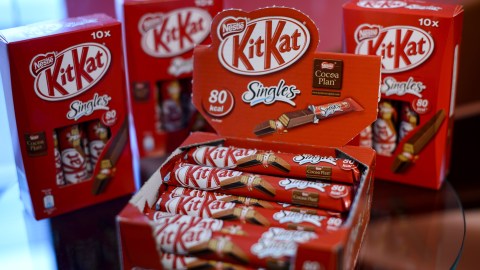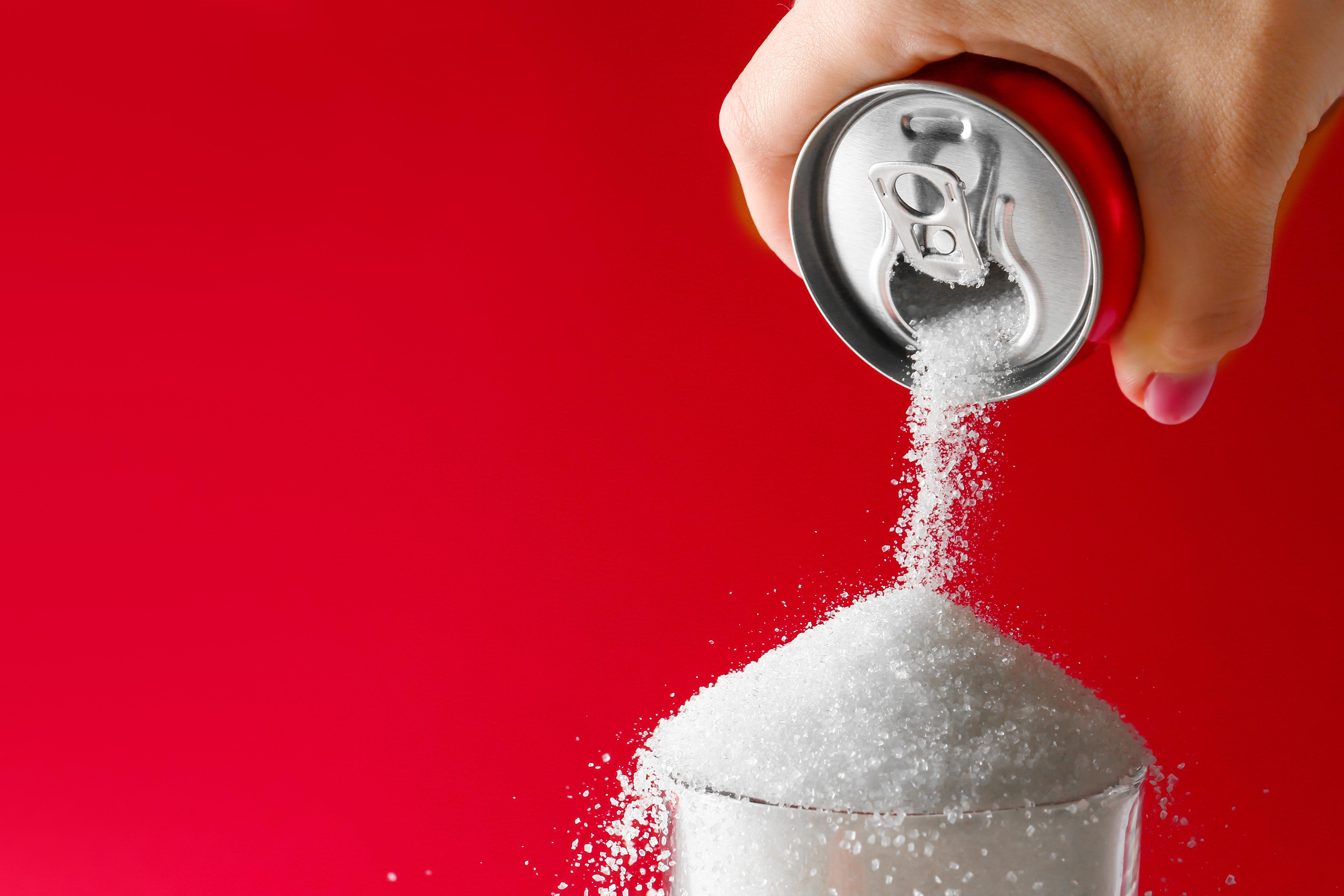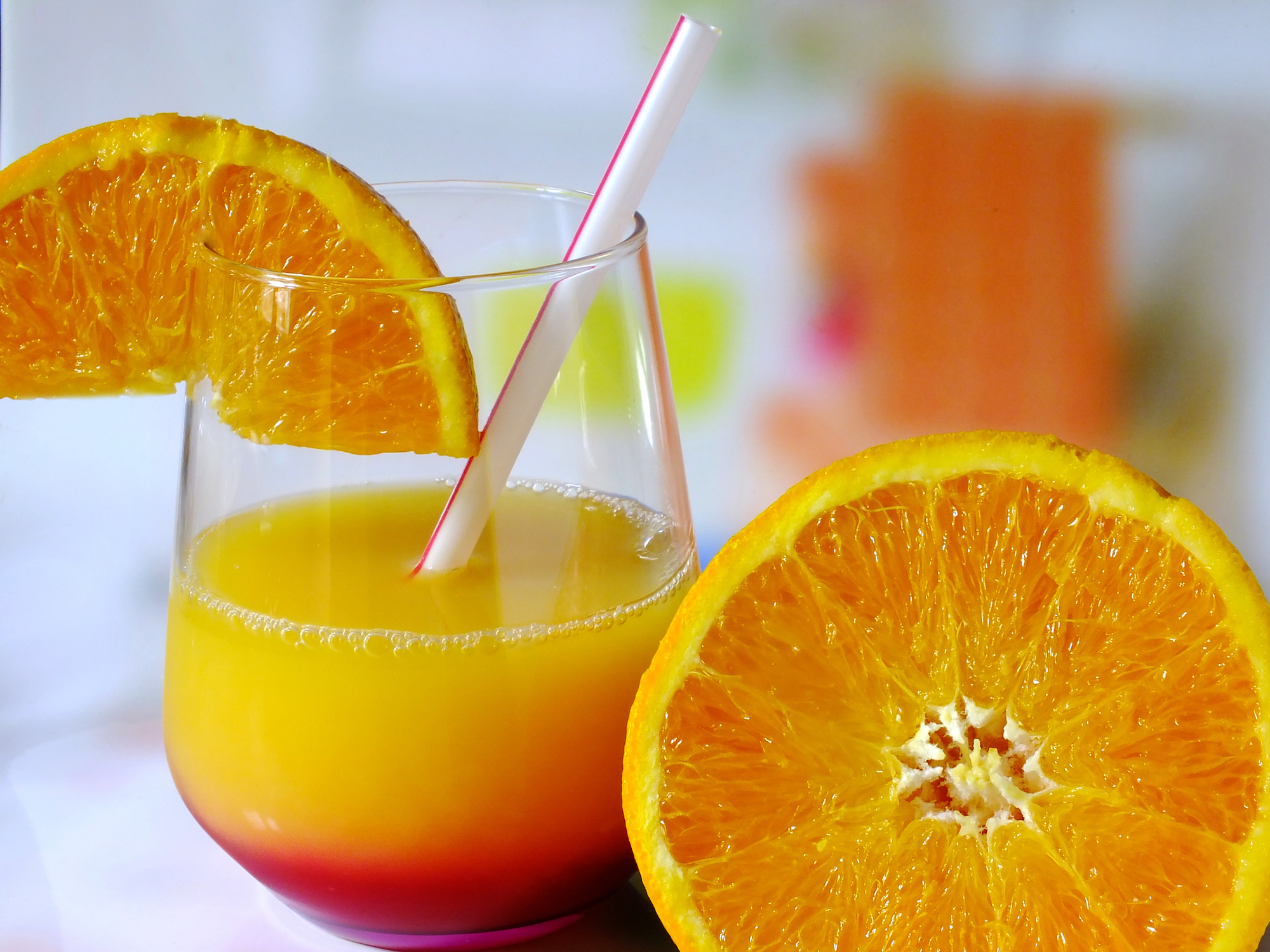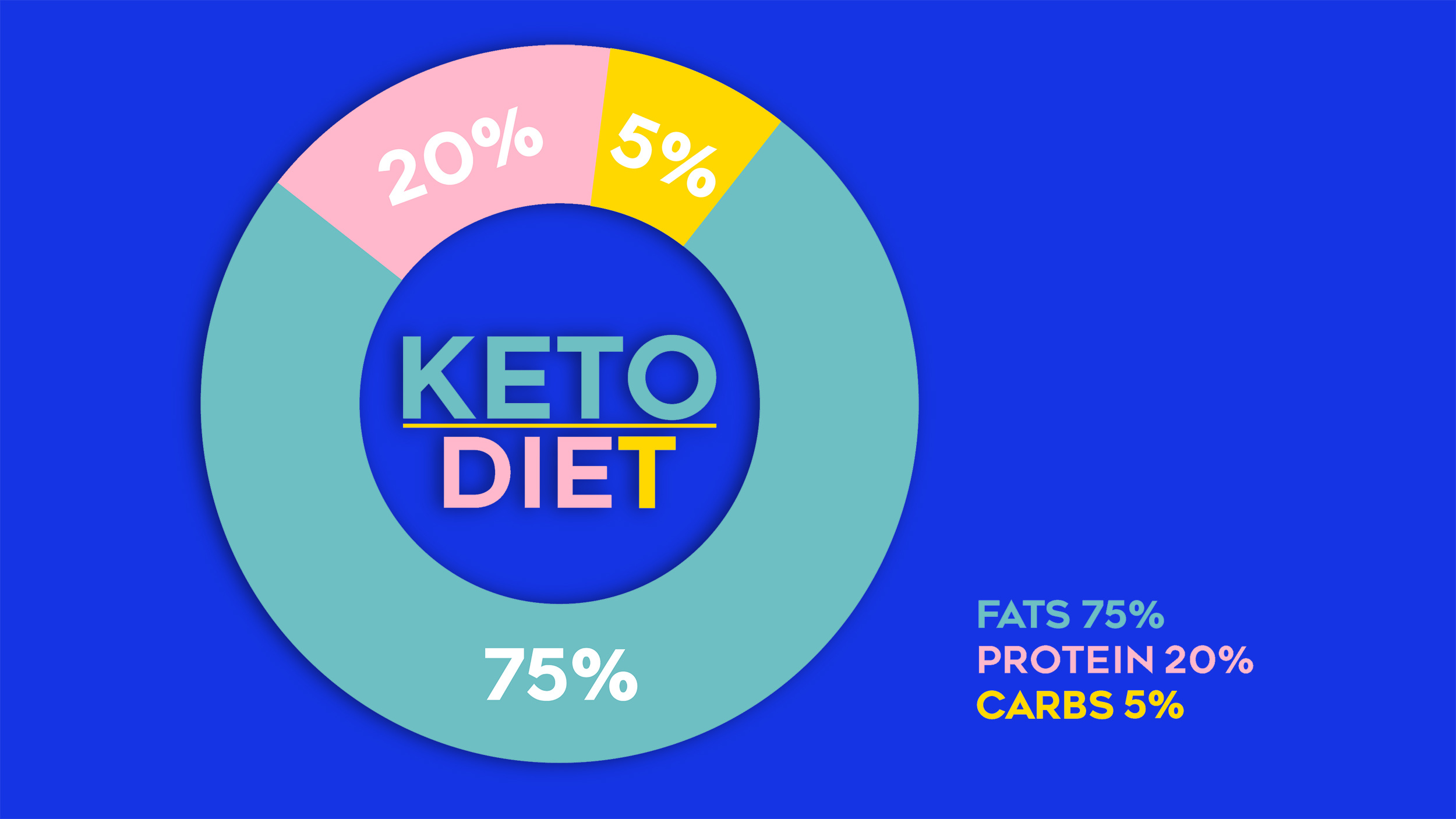Nestlé Claims Ability to Slash Sugar from Chocolate Without Sacrificing Taste

For those of us obsessed with chocolate, including yours truly, this announcement sounds too good to be true. After all, the food industry has made some extraordinary claims about sweeteners in the past that didn’t really pan out. (I’m looking at you, Stevia). Turns out they are all bad for you. And remember those fat-free chips with olestra that were supposed to give you that same great snacking experience, without the added heart disease or expanded waistline? They caused an embarrassing little side effect known as “anal leakage.” So excuse me, Nestlé, for my skepticism.
According to the Swiss food giant, scientists in their employ have found a way to cut the sugar content of chocolate up to 40% without sacrificing taste. Researchers have altered the molecular structure of sugar, hollowing it out in such a way where it tastes sweeter when it engages the tongue, yet dissolves faster, leading to a smaller amount being ingested.
Using this unique process, Nestlé plans to reduce the sugar content in all of its confectioneries, including the Kit Kat and the ever popular Butterfinger. This comes on the heels of many US cities such as New York and Philadelphia, and other nations including the UK and Mexico, implementing sugar taxes on such products. Since 1980, childhood obesity and diabetes has quadrupled, and research has shown that such disincentives can positively influence behavior. PepsiCo Inc. and others have their own teams of scientists searching for ways to cut sugar. Since Nestlé plans to patent their process, the insight from the filed papers could lead competitors to their own processes.
Sugar is nothing more than empty calories. Eating too much of it can pack on the pounds, increasing the risk of cardiovascular disease, type 2 diabetes, and certain forms of cancer. More worrisome still, a high sugar intake can elevate your risk of heart disease, regardless of whether or not you are overweight. For Americans, sugary drinks are the biggest threat, particularly sodas, fruit juices, sweetened iced teas, and sports drinks. Candy, ice cream, and baked goods are significant contributors, however.

Health experts advise five percent of daily calories come from sugar, maximum. According to the American Heart Association, a man’s limit is nine teaspoons or 37.5 grams per day. That’s 150 calories. For women its six teaspoons or 25 grams per day, equaling 100 calories.
Your average Kit Kat contains 23.8 grams of sugar. So just this candy bar alone is almost a full day’s intake. Americans are consuming an average of 20 teaspoons of sugar per day, more than twice the recommended amount.
Stefan Catsicas is Nestlé’s chief technology officer. Though he wouldn’t speak of the details which are proprietary, Catsicas said the process entails hollowing out sugar crystals. The company is patenting this method, and will use it with all its products by 2018. Nestlé began investigating sugar reduction due to pressure from governments, consumer advocate agencies, and consumers themselves. The obesity epidemic worldwide is rising significantly, and governments around the world are growing more and more concerned.
So how did they stumble upon this molecular miracle? “Real food in nature is not something smooth and homogeneous,” Catsicas told Bloomberg News. “It’s full of cavities, crests and densities. So by reproducing this variability, we are capable to restore the same sensation.” Meanwhile, Pepsi Co. is reportedly experimenting with a similar process with salt. Say hello to healthier Cheetos… maybe.
To learn more about how to eat healthier click here:





